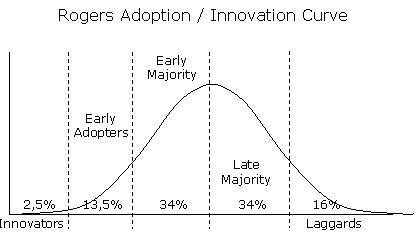Am I just a crotchety old guy? (Millennials and the city)
The most recent issue of the Sunday Washington Post Magazine is dedicated to stories on millennials being the source of much of DC's increase in population over the last couple years. It's mostly a series of vignettes featuring various people and the neighborhoods where they live.
-- Millennials in Washington, D.C.
Frankly, I didn't find the package of stories particularly interesting or illuminating, other than the demographic data, which also lists the neighborhoods where millennials are congregating. Although I am glad that the magazine issue focused on local topics rather than on a topic like Ted Nugent.
Of course, given that I know Elise Bernard, blogger extraordinaire of Frozen Tropics, the blog that focuses on the H Street area, I found that feature interesting ("Three millennials try to sell their peers on the District"). Elise started blogging just a little before I did and her example "goaded me" into writing regularly.... and she introduced me to Flickr.
What's interesting to me is that the interest in and willingness to living "in the city" is hitting critical mass, more generally. It makes sense that this is visible in the younger demographics given that they don't have pre-existing residential relationships. They are starting fresh.
But this particular demographic is just another step, the latest cohort to join a long process.
I do think what is most important is the concept of critical mass, and from the standpoint of Everett Rogers' theory of innovation diffusion, we are probably looking at the attractiveness of urban living reaching the "early majority" stage--that finally appreciation for urban living is moving out of the "early adopter" phase, which I would date from the 1970s, while the innovators (or "urban pioneers") phase was the 1960s.

 The book The Invention of Brownstone Brooklyn by GWU professor Suleiman Osman is an excellent discussion of the many decade process of making Brooklyn a desirable to live.
The book The Invention of Brownstone Brooklyn by GWU professor Suleiman Osman is an excellent discussion of the many decade process of making Brooklyn a desirable to live. The point I make is that it has taken decades for the momentum to shift to be favorable to cities, away from being overwhelmingly favorable to the suburbs. See for example the past blog entry "Revitalization in Stages."
Equally relevant is the work by Christopher Leinberger recounted in the book Option of Urbanism. He found that about 40% of the population isn't interested in living in center cities or suburban conurbations, that 30% wants to live in center cities and the other 30% is happy to live in either.
As the city begins achieving that critical mass of younger demographics, and the increase in population helps to support the development of new businesses, the "amenity package" in a variety of dimensions takes on a forward and improving momentum as well. This further will attract new residents to the city.
Labels: demographics, media and communications, urban revitalization



7 Comments:
this WaPo series has all of the markings of a real estate advertisment ...OH- and what about the people who have been here all along when they city was a dump and yet stayed on ?
the people who stayed here when the "city was a dump" were the people who stabilized it and made it worth appreciating to later cohorts.
As I say about historic preservationists, "they saved the city" during the many decades when people didn't want to live here.
See the next blog entry...
there were many who stayed on who were NOT historic preservationists they were just from here and it was and always was "home".
The Growth Machine at work! I suspect the first poster is entirely correct that is a just a way to advertise real estate and/or restaurants.
(The "14th st corridor" feels a lot more like Bethesda than millennial)
That being said, it is way too easy to forgot history. And context. The Post has operated, in the past generation, as trying to sell a storyline. It used to be high-tech in Virginia, exurban growth and a happy chocolate city.
It is all turned on the head now. And their writers aren't good enough, usually, to get over that.
Well, their pieces feel like articles from the travel section of the New York Times about places I've never visited and for the most part are new to the writer.
Anon@10:31--yes "but," you might not have called yourselves preservationists but you were/are, naturally.
I think I read the Millenials pieces a bit differently: it's not that Millenials caused the changes, but rather the changes involve millenials.
And when you can involve a big generational trend (even one that's based on an artificial construct like 'millenials'), then you've got good fodder for a newspaper trend series.
If you're reading it for a play by play of urban changes, I think you're reading too much into it. Instead, it's a piece about generations, and how they fit into any number of other issues (urban development, healthcare, politics, jobs, etc - you could write a story about anything through the lens of 'millenials').
again, what is key is that the arrival of millennials, the size of the group interested in urban living, helps to push the pro-urban contingent from one stage to another, at least in DC, in terms of Rogers' curve.
So it's the number not so much what they do, except that what they do is influenced by the recession and that is noteworthy along with the e-commerce/mobile digital world, because otherwise they aren't all that different, probably compared to other people who wanted to live in the city in previous periods.
Post a Comment
<< Home